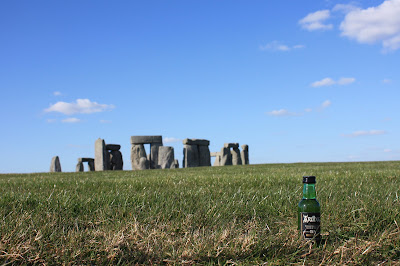
Stonehenge, Wiltshire
From human sacrifice to astronomy, Stonehenge remains a mystery. Whether it is a place of sun worship, a healing sanctuary, a sacred burial site or something else altogether it is, quite simply , a remarkable structure. By way of the south coast, rivers, rollers and sledges, some of the stones were brought from as far as the Preseli Mountains in Wales, an incredible 240 miles away. Turn your back to the monument, look carefully and you will see the communal burial chambers of Neolithic long barrows and Bronze Age round barrows . We do not know the precise age of Stonehenge however archaeologists date it at around 5000 years old. One thing is for sure though, Stonehenge is definitely best discovered at day break on a cold winter's morning, preferably on horse back.





